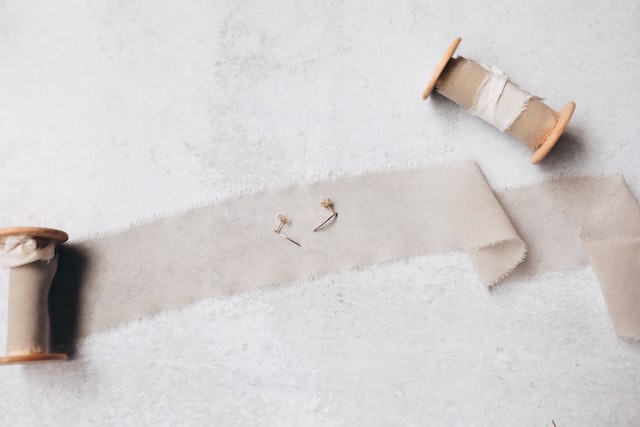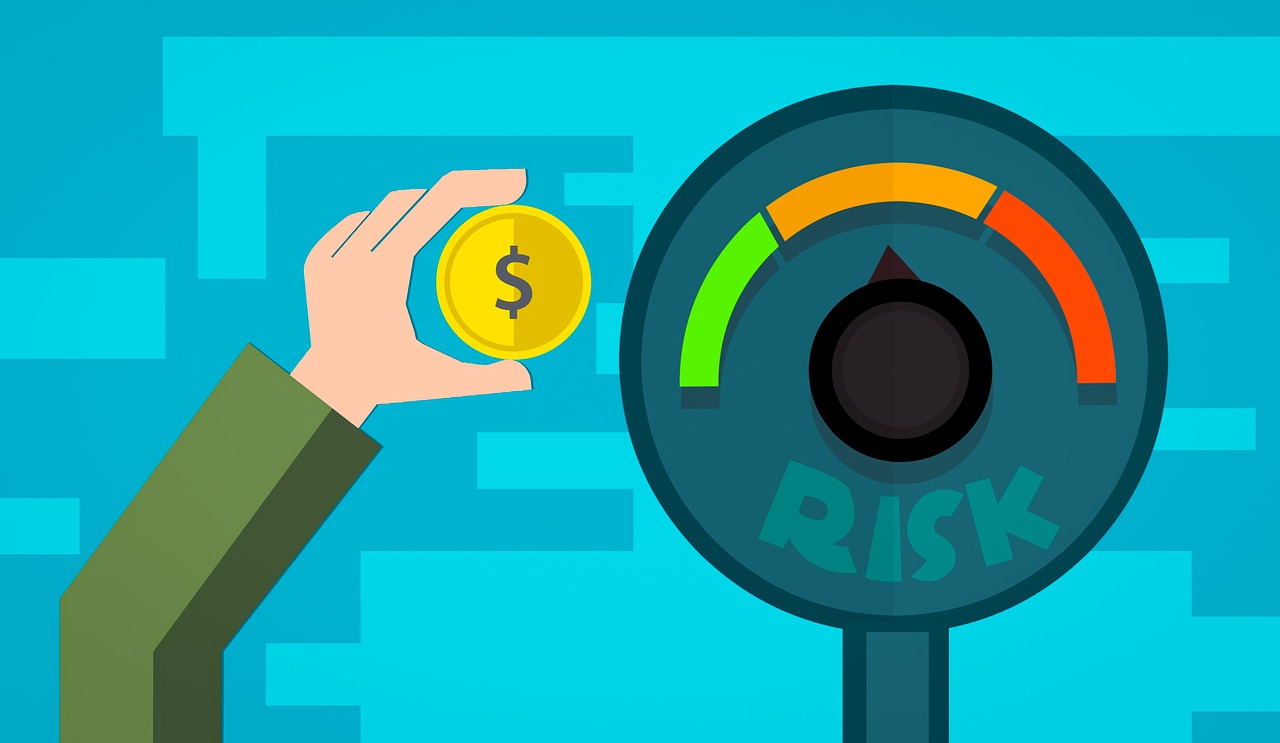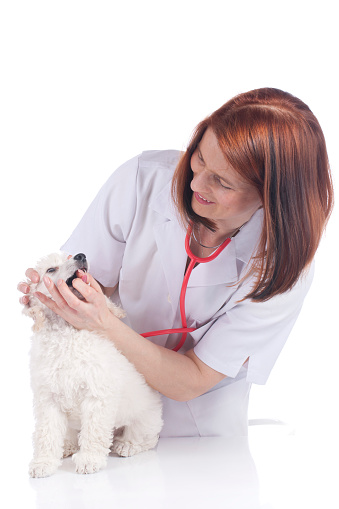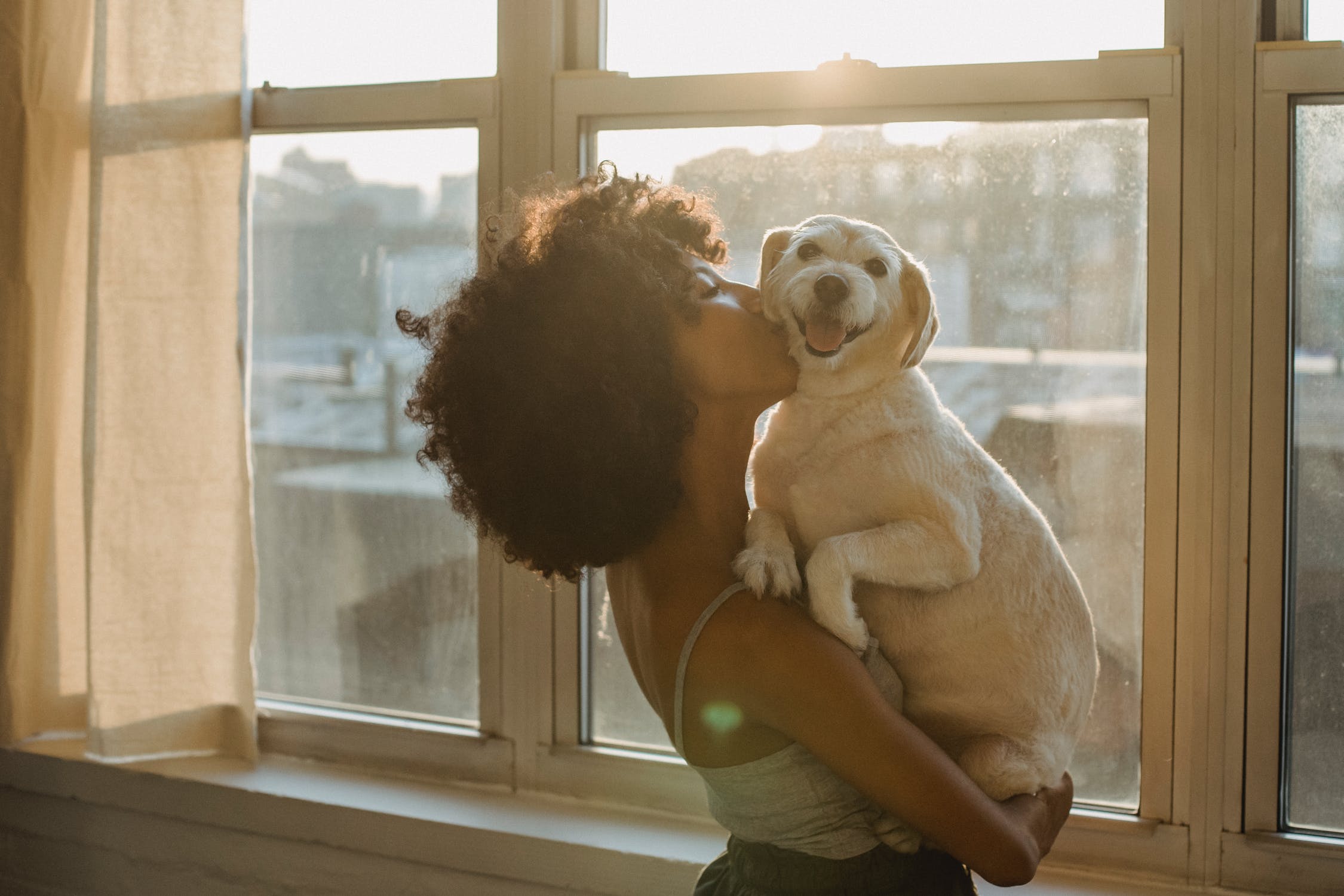
Many dog owners perceive their canines as members of their families, professionals may use and care for work animals and some families may rely on guard dogs to protect their property and livestock. Whatever your attitude towards the four-legged furballs might be we are sure nobody would leave an injured dog unattended.
We will try to help you understand how best to care for a wounded canine. Wounds can be cuts, tears, and burnt flesh and how quickly you provide first aid may be the difference between life and death in some cases. You may want to check our article on “Dog First Aid Kit” right here. There are three major rules to consider if you are not sure if you should take the injured canine to a vet:
1. Any injury that penetrated the skin and may look deep (a bite from another animal for example);
2. Any injury that impacts a wide area of the dog’s body;
3. Any wound that looks red, and puffy, and you can see puss on it is a cause for an immediate visit to the vet.
External Bleeding
If your pet dog has suffered an injury that is bleeding but not too heavily the first thing you should do is to put a muzzle on dog. Grab a clean and thick gauze pad so you can place it over the wound, and keep applying modest pressure until you see the bleeding subsides. At this point, the blood should start clotting and that may take from 5 to 10 minutes. Most veterinarians recommend that you keep the gauze pad on the wound for at least 3 minutes before you check if the bleeding has stopped. Do Not Check every few seconds and keep the pads on the wound for another 3 min if the bleeding has not stopped. You can use a clean pad on the wound once the bleeding has stopped. If the bleeding is not severe please bandage the wounded area and use tape to fix it in place. You should go to a veterinarian and have them check the wound sooner rather than later.
If your dog is bleeding severely, place a gauze pad on the wound, quickly bandage the area, and try to keep a modest pressure on it. You will need to loosen the pressure on the wound every 15-20 minutes. Severe bleeding can be very dangerous and you should transport your pet to the nearest veterinary clinic.
Internal Bleeding
If your dog was hit by a car he/she might experience internal bleeding. This will of course depend on how hard the dog was hit. If the impact was severe your canine will not be able to keep his/her balance, the gums will become pale and you may see bleeding from the rectum, from the nose, and from the mouth. Your dog may cough blood and will likely have a weak and rapid pulse.
The best you can do is to try and keep the animal warm and not moving too much as there may be broken bones too. Wrap the dog in a clean blanket and transport the animal to the nearest veterinary care facility.
Burns
If the burn was caused by a chemical substance try to put a muzzle on the dog first before you flush the burned area with large quantities of water. If the dog is not muzzled he/she may bite in shock and as an attempt to protect him/herself.
If the burn was caused by an open fire or a tool that produced fire like a torch then you should quickly apply a cold compress. You can make a cold compress by placing ice cubes in a sealed plastic bag. If you do not have ice cubes frozen food could work in a pinch. Place the bag over the burned flesh and bandage it so it stays in place.
Another way to make a cold compress is to soak a clean piece of cloth in icy cold water and then place the cloth over the burned area. Tap water can be used as long as it is safe for drinking. Use bandages to make sure the cloth stays in one place. The cold compress can stay on the wound for up to 20 minutes and then you need to let the area “breath” for another 20 minutes before placing another compress. Either way, you should bring your pet dog to a veterinarian for a full checkup.
General Wound Care
If your canine has lacerated skin then you should clean the wound by pouring a liberal amount of Hydrogen Peroxide and use cotton balls to clean any dirt. You can then spray the wound with antibiotic spray if you have any. A good alternative is to put Styptic Powder on the wound so it can quickly stop the bleeding. Please note that if there is an object lodged into the tissue like a nail or maybe glass pieces you should try to keep the animal from moving too much and don’t attempt to remove the object/s. Clean he wound as best as you can using the Hydrogen Peroxide and transport the animal to a veterinary clinic for further treatment. Do not forget to put a muzzle on the dog so you do not suffer a bite during the application of the first aid and while transporting the animal.
Change The Bandages Often
Removing dirt and other debris using cotton balls will also assist in removing dead flesh which will aid the healing process. The Styptic Powder and the antibacterial spray will help to reduce the chance of infecting the wound. The veterinarians recommend switching between wet and dry bandages every 10 hours. That way you can more effectively clean the wound. Dry, nonstick dressings should be used once the wound has properly closed and there is no bleeding. Your vet may use sutures, staples, and surgical glue to close the wound on your dog.
Monitor The Wound For Puss And Bad Smell
If you notice that the wound on your dog has some discharge then you have to call the veterinarian and have them check for infection. You may have to drain the wound so it can heal properly. There are two ways to do that: 1) use cotton balls and light pressure to soak up any discharge; 2) a device with a suction cup may need to be used by our veterinarian to clean the wound.
Do not forget that when you are changing the bandage/dressing on the wound your dog will likely be in a bit of pain so put a muzzle on your pet in advance. Monitor for any bad smell when you are cleaning the wound as a bad smell may indicate an infection. Talk to the vet about how to apply dressing on the wound and change it.
Understand How A Bandage Works
The first layer of a bandage is usually called a dressing and it can include a soft and breathable gauze or a special mesh that allows the living tissue to heal faster. The first layer usually can soak up medicine and keep the skin wet. Removing the first layer often is important as it will aid in keeping the wound clean. The second layer of the bandage is often made of cotton pads or rolls of cotton that keep the first layer in place. The third layer of bandages provides pressure on the injured tissue and fixes the first two layers in a proper position. The third layer is responsible for keeping the wound protected. In most cases, the third layer is made up of adhesive tape and elastic tape depending on where the wound is located.
Using Honey In First Aid
If you do not have any anti-bacterial ointment at home you could use honey instead. Honey is known to have excellent antibacterial qualities and can quickly close a wound and protect it from the environment. You can plaster a liberal amount of honey on a wound and then use cotton rolls and elastic adhesive tape to cover the wound. This is only a temporary solution so you should seek veterinary help as soon as possible.
How Does A Wound Heal
Stage 1 — the blood vessels constrict so that bleeding is minimized and eventually stopped through blood clotting. White blood cells move to the injured tissue and start killing bacteria and removing any dead tissue.
Stage 2 — fibroblasts and capillaries (small blood vessels) migrate to the wound and begin to create a sort of scaffolding for other cells to grow and restore the damaged tissue. It is important to keep the tissue relatively we because if it is too dry the healing process will be slow.
Stage 3 — collagen fibers form across the surface of the tissue and at this point the wound is fully closed. The damaged area is reported to remain 15%-20% weaker than healthy undamaged areas.
If you would like to find out more on how to clean a wound on a dog, please check the recommendations from Dr. Jennifer Coates at PetMD’s website here. We hope this article is useful in helping you understand how to care for a wound and what you should expect. Please, make sure to have a pet first aid kit at home and seek veterinary care even if you think the injury on your dog might not look severe.












